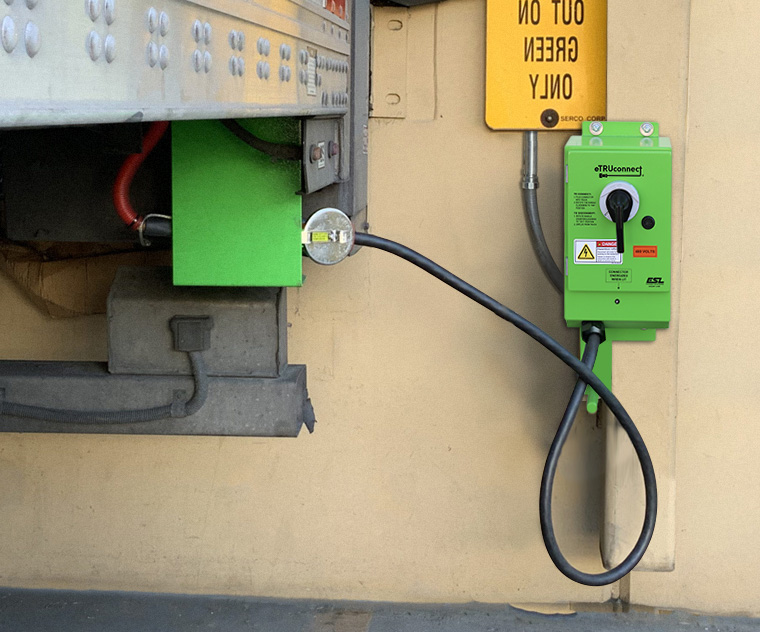
Modern ports are under increasing pressure to reduce emissions, meet regulatory standards, and improve sustainability. A shore power connection, sometimes called cold ironing or onshore power supply, enables docked vessels to plug into the local electrical grid instead of running their diesel engines.
This shift is more than a compliance requirement. It’s the foundation of port electrification. By adopting shore power, ports cut harmful emissions, reduce noise pollution, and deliver cleaner operations for surrounding communities. For vessels, the benefits are just as important, including lower fuel use, reduced maintenance, and easier compliance with evolving standards like CARB’s Shore Power Rule
The Cost of Getting It Wrong
While the advantages of shore power are clear, the risks of a poor implementation can be costly. Choosing the wrong system or underestimating compliance requirements may result in:
- Delays and rework if systems fail to pass inspection.
- Operational downtime when equipment isn’t engineered for heavy-duty port conditions.
- Unexpected costs from non-standard components or proprietary connectors.
- Regulatory penalties if ports or vessels fall short of emissions rules.
At a busy port, there’s no room for error. If a shore power connection fails, ships can’t run as planned and valuable cargo could be delayed or put at risk.
What to Look for in a Shore Power Solution

A port-ready solution should be engineered for safety, durability, and compliance. When evaluating a shore power connection, consider:
- Regulatory compliance: Systems should meet CARB, IMO, NEC 555, and IEEE 80005 requirements.
- Safety features: Look for interlocked connectors and clear field labeling.
- Durability of design: Corrosion-resistant enclosures and weatherproof construction are essential.
Plan Your Shore Power Project With Confidence
Download our Commercial Shore Power Brochure to see features, compliance details, and planning tips.
Planning for Growth and Changing Regulations
Shore power isn’t just about meeting today’s rules. It’s about preparing for the future. Emissions standards are getting tougher, and more ports are moving toward zero-emission operations. By planning with customizable, expandable systems, ports can adapt to new vessel requirements, higher power needs, and stricter regulations without starting over.
Ports that plan ahead also gain an advantage. A strong shore power infrastructure makes them more attractive to shipping lines that are focused on meeting sustainability goals.
How ESL Simplifies Shore-to-Ship Integration
At ESL, we design and manufacture shore power connection systems that streamline electrification without compromise. Our solutions are:
- Custom-engineered for each facility’s requirements.
- Built for compliance, meeting CARB, IMO, and NEC standards.
- Safety-focused, with interlocked connectors and built-in test points.
- Scalable, with expandable configurations that adapt to future vessel needs.
- Proven in the field, trusted by commercial, military, and cruise facilities across North America.
With more than 30 years of experience and over 300,000 connection points deployed, ESL helps ports, terminals, and engineering firms integrate shore power with confidence.
Power Your Port with Confidence
Don’t risk delays, downtime, or costly compliance failures. Partner with ESL for a shore power connection solution engineered to meet your specs, emissions goals, and growth plans.



